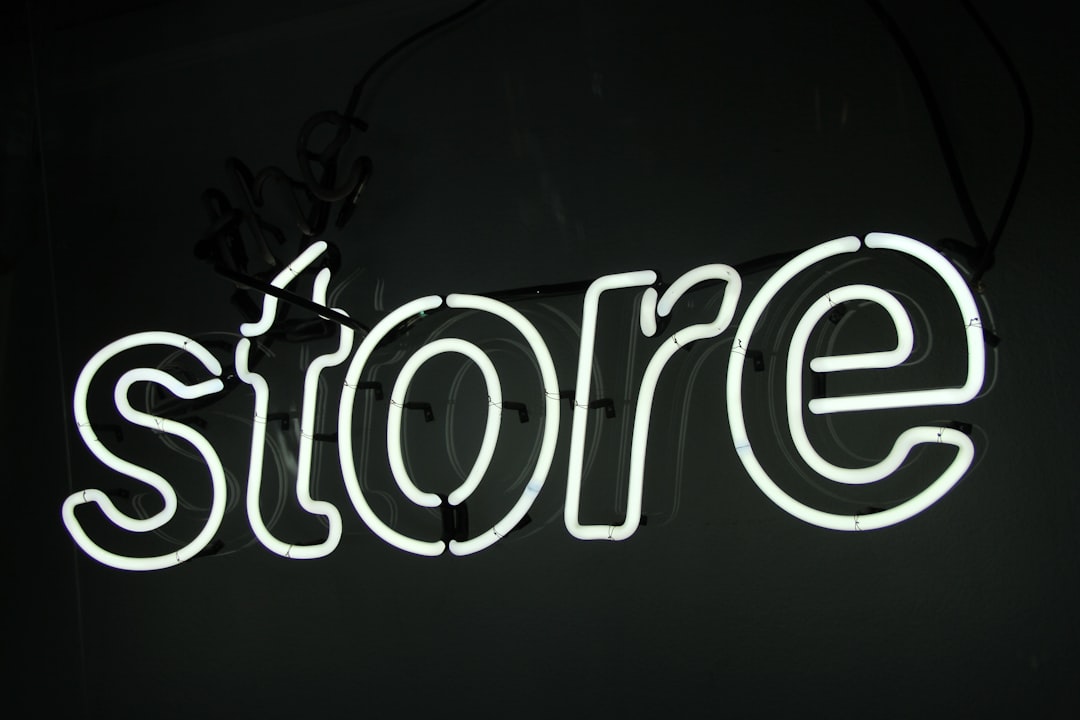When it comes to building a visually striking and trustworthy online store, logo placement on your Shopify theme carries more weight than most people think. Much more than just a piece of branding, your logo serves as a recognizable beacon for your users, instilling trust and professionalism from the moment they land on your page. Selecting where and how to display your logo affects navigation, aesthetics, and even conversion rates.
TL;DR
Your Shopify store’s logo placement can significantly influence user experience and brand identity. Most themes allow customization, but ideal positions are usually the header or center top of the page. Recommended logo dimensions typically fall between 200×60 pixels and 450×200 pixels, but vary between themes. Always optimize your logo for retina displays and responsiveness across devices.
Why Logo Placement Matters
Your logo is your brand’s identity stamp. It’s often the first visual contact a visitor has with your brand, and where it’s positioned on your Shopify store can have a surprising impact on your customer’s impressions and behavior. The strategic placement of your logo can enhance:
- Brand Recognition: A consistently placed logo increases brand recall.
- User Navigation: Logos often double as clickable links to the homepage.
- Aesthetic Appeal: The right position complements your store’s design.
Common Logo Placements in Shopify Themes
Shopify themes offer varying degrees of customization, but some logo placements are more standard than others:
- Top Left: This is the most conventional placement and aligns with how users scan webpages.
- Centered Top: Creates a balanced and sometimes more aesthetically pleasing layout, especially for fashion and luxury brands.
- Top Center with Vertical Navigation: Popular in high-end or editorial-style themes.
Some Shopify themes may allow side navigation, but this is less common and intended for niche experiences.

Real Theme Examples and Their Logo Placements
Debut Theme (Default Shopify Theme)
Placement: Top left
Recommended Size: 250 x 100 px
The Debut theme keeps things simple. Placing the logo in the top left corner aligns with traditional website scanning patterns. It’s also automatically linked to the homepage.
Brooklyn Theme
Placement: Centered top
Recommended Size: 400 x 200 px
Brooklyn’s logo placement lends itself well to brands emphasizing visual storytelling. The centered layout is symmetric and ideal for artistic, fashion, or lifestyle brands.
Narrative Theme
Placement: Center top with vertical side navigation
Recommended Size: 360 x 120 px
This theme caters to storytelling. The vertical navigation and minimalist logo placement let your content and visuals take center stage, while the logo functions subtly in the background to reinforce brand identity.
Supply Theme
Placement: Top left in a more traditional eCommerce layout
Recommended Size: 250 x 100 px
Supply is built for large inventories, and the traditional logo placement supports an interface designed for functional shopping experiences.
Prestige Theme
Placement: Centered and often overlaying hero images
Recommended Size: 450 x 200 px
This premium aesthetic works well for high-end or luxury products. Logos that sit above image banners can grab attention immediately and create strong brand recall.

Ideal Logo Sizes for Shopify Stores
Shopify supports responsive images, but the platform still has recommended logo dimensions for optimal display. Below are some general size suggestions:
- Header Logo: Between 200 x 60 px and 450 x 200 px
- Retina Displays: If you’re uploading a high-resolution image for retina devices, make it double the standard size (e.g., 400 x 120 px if Shopify recommends 200 x 60 px)
- Favicon: 32 x 32 px
Always upload your logo as a PNG or SVG format with a transparent background for a flexible and professional appearance.
Mobile Responsiveness and Logo Display
With mobile commerce booming, your logo’s appearance on mobile devices is as important as on desktops. Shopify themes are typically mobile responsive, but here are some mobile-specific tips:
- Horizontal Logos: Fit better in mobile headers.
- Avoid Overcrowding: Make sure your logo doesn’t dominate the screen or overlap with the navigation menu.
- Test Compression: Some themes compress logos on mobile, making them unreadable if not properly scaled.
Editing Logo Placement in Shopify
Most Shopify themes allow basic editing of logo positioning through the theme editor:
- Navigate to Online Store > Themes
- Click Customize on your active theme
- Look for sections like Header or Theme Settings
- Upload or adjust your logo and select its alignment if options are provided
For more advanced users, editing the theme’s Liquid code (Shopify’s templating language) allows for custom placement:
- Access via Online Store > Themes > Actions > Edit Code
- Modify files such as
header.liquidortheme.liquid - Backup your files before making any changes
Tip: If you don’t feel comfortable editing code, consider hiring a Shopify Expert or using an app that lets you customize without coding.
Common Mistakes and How to Avoid Them
While uploading logos might seem straightforward, there are common pitfalls that store owners encounter:
- Using the Wrong File Type: JPEGs are not ideal due to lack of transparency — use PNG or SVG.
- Uploading Oversized Images: Large files slow down your site. Compress them without sacrificing quality.
- Cropping Text in the Logo: Make sure there is adequate padding around your logo.
- Not Testing on All Devices: Ensure it looks great across desktops, tablets, and phones.
Final Thoughts
Your logo may be small in dimension, but it wields massive influence over how users perceive your brand and navigate your store. Understanding the nuances of where to place it, what size to use, and how to ensure responsiveness can significantly elevate your store’s professionalism.
Whether you stick with default positions or experiment with eye-catching center-aligned logos layered over hero images, always test your changes across devices, consult Shopify theme documentation, and be sure your brand’s visual identity shines consistently.
When done right, logo placement becomes more than just positioning — it becomes a storytelling tool, guiding visitors and creating instant recognition that turns clicks into conversions.
